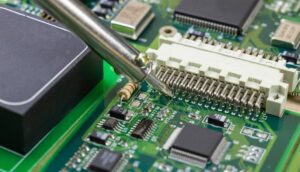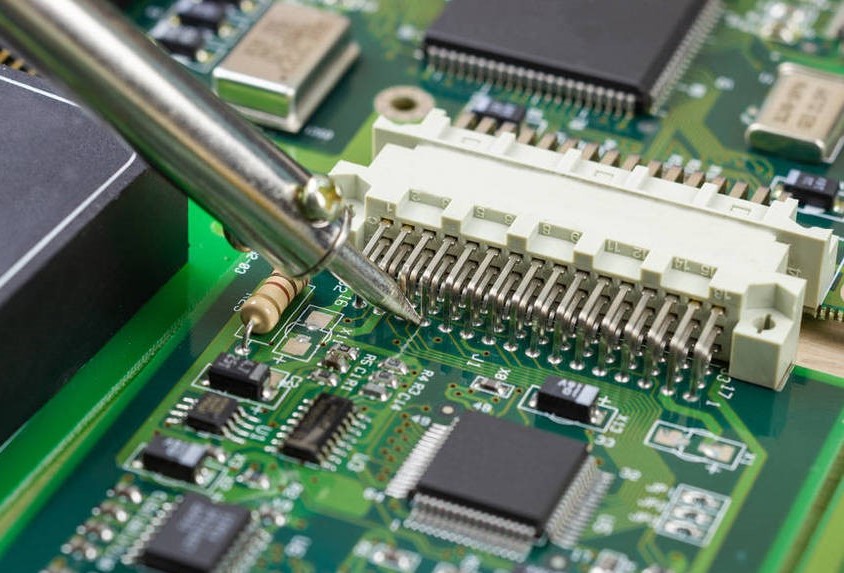
Well, to start with, our electronic gadgets are going from sleek to sleeker, therefore, board real estate is a precious commodity.
Flying probes have attracted a lot of attention recently, and not just because of the test points. It is a method used for small batches and prototype boards for several reasons.
Today’s era of increasing board density and complexity presents enough obstacles to programming, but flying probes are easy to program.
However, small production runs or prototypes do not really justify the cost of in-circuit testing in a needle bed, where fixtures are expensive. While both methods can detect defects in quality, admittedly the use of flying probe technology offers a cost-effective solution.
What is flying probe testing?
Flying probe testing is an improvement on traditional in-circuit testers. Where a probe is used instead of a bed of pins, and multiple motor-driven, fast-moving electrical probes are used to make contact with the pins of the device and perform electrical measurements.
They operate without a fixed test point. The probes are electromechanically controlled and move according to specific software commands.
Most importantly, the flying probe test does not require a test fixture and can be run directly on the PCB, saving time in the production of test racks, saving test costs and time and making it suitable for small batch PCB and prototype production.
What does flying probe testing check?
- Opens
- Shorts
- Resistance
- Capacitance
- Isolation
- Component values
- Component polarity
- Inductance of individual parts
We can carry out other tests with our probes.
- Phase difference measurement units
- High voltage pressure tests
- Miniature short circuit testing
What are the factors that influence the price of flying probe testing?
Volume
The cost of ICT equipment units is relatively high, making flying probe testing more cost effective for small production runs.
Circuit board location and complexity
When testing complex circuit boards it can be difficult to use a fixed position method, flying probe probes can be moved quickly to test in tight locations.
Time
In rapid prototyping, the use of flying probe testing can be effective in reducing test times
Budget
What are the advantages of flying probe testing?
- Shorter test development cycles
- Suitable for small production runs
- Rapid test prototype assembly
- Quick changeover flexibility
- Fast feedback
Consequently, for the best results in high quality flying probe testing, work with an electronics contract manufacturer with a proven history of testing services.
Explore KingPCB’s services
At KingPCB, we are fully equipped to meet your PCB manufacturing requirements. Our team of experts and state-of-the-art equipment ensure that all our PCBs meet industry standards for quality and testing.
If you have any questions, please feel free to contact us or by email: sales@kingpcb.com




